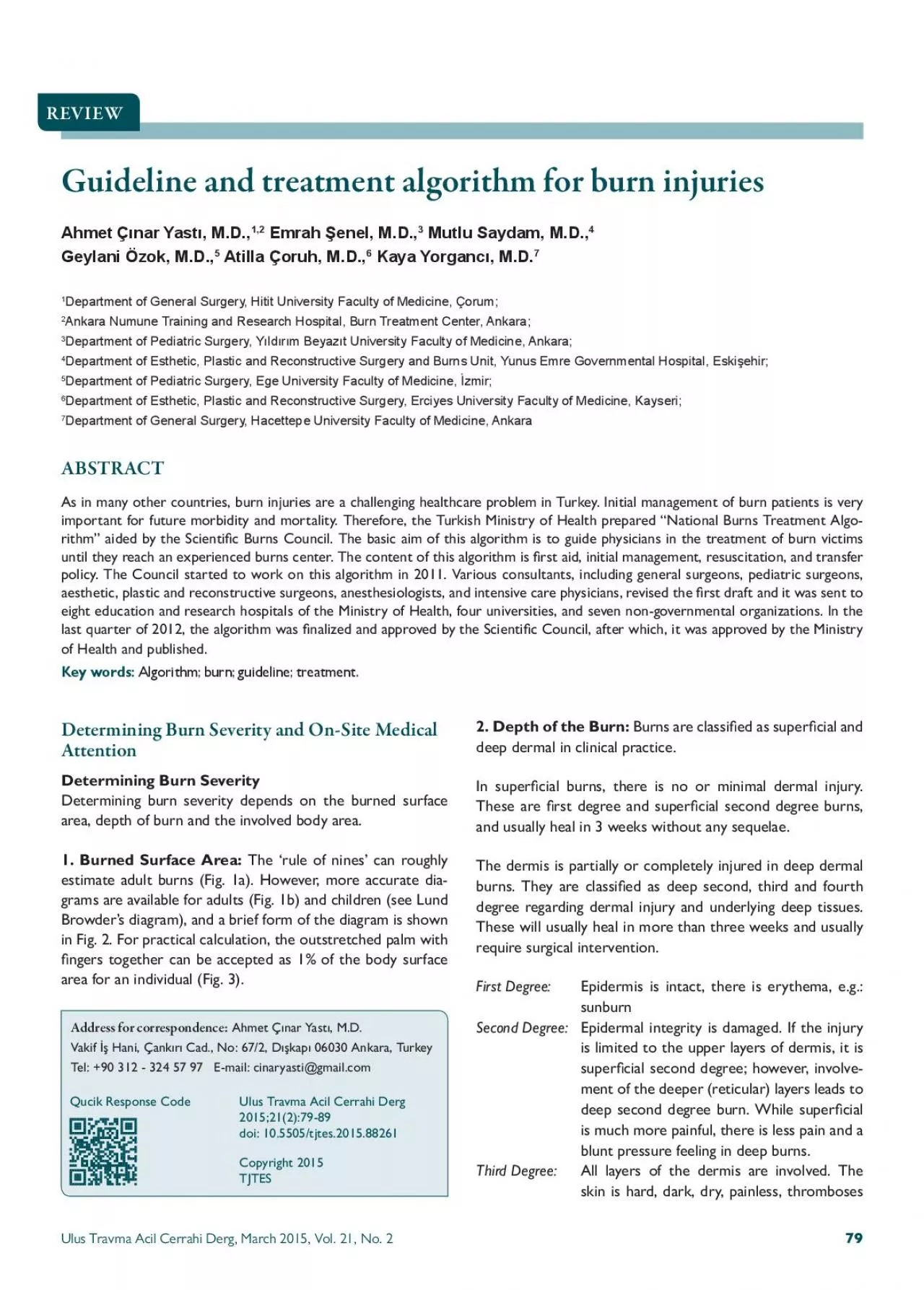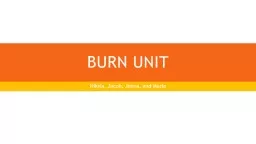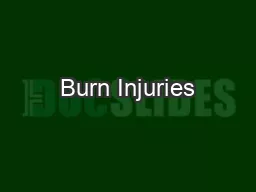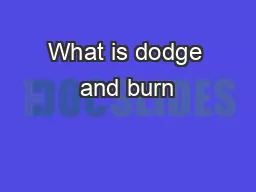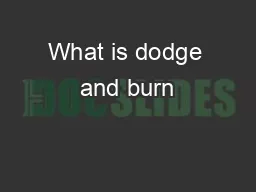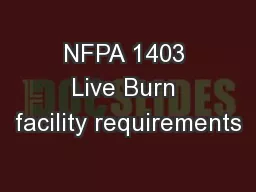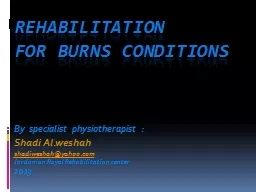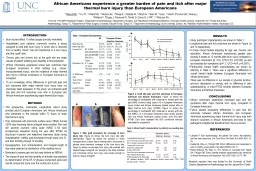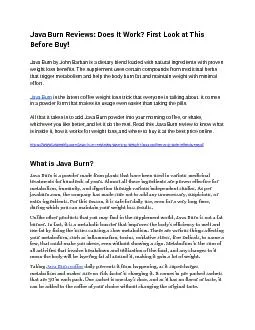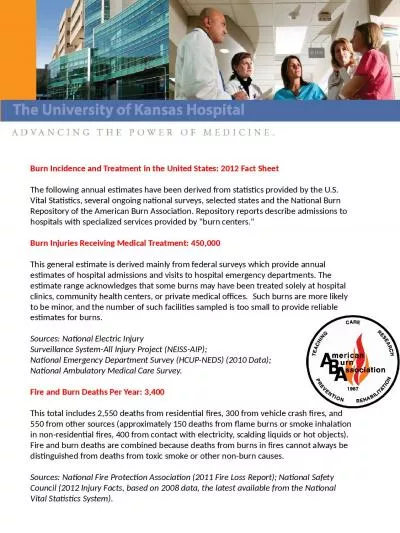PDF-Guideline and treatment algorithm for burn injuriesCjogv nct Ycuv
Author : mia | Published Date : 2022-09-22
Ulus Travma Acil Cerrahi Derg March 2015 Vol 21 No 2 Address for correspondenceAhmet Ç30nar Yast30 MDVakif 2928 Hani Çank30r30 Cad No 672 D3028kap30 06030 A
Presentation Embed Code
Download Presentation
Download Presentation The PPT/PDF document "Guideline and treatment algorithm for bu..." is the property of its rightful owner. Permission is granted to download and print the materials on this website for personal, non-commercial use only, and to display it on your personal computer provided you do not modify the materials and that you retain all copyright notices contained in the materials. By downloading content from our website, you accept the terms of this agreement.
Guideline and treatment algorithm for burn injuriesCjogv nct Ycuv: Transcript
Download Rules Of Document
"Guideline and treatment algorithm for burn injuriesCjogv nct Ycuv"The content belongs to its owner. You may download and print it for personal use, without modification, and keep all copyright notices. By downloading, you agree to these terms.
Related Documents

